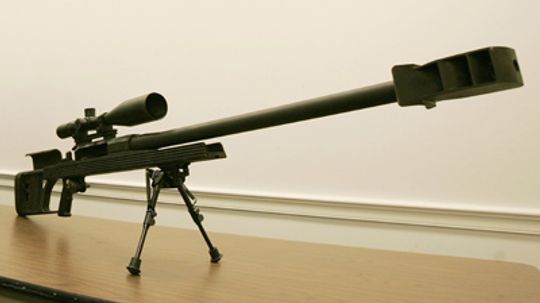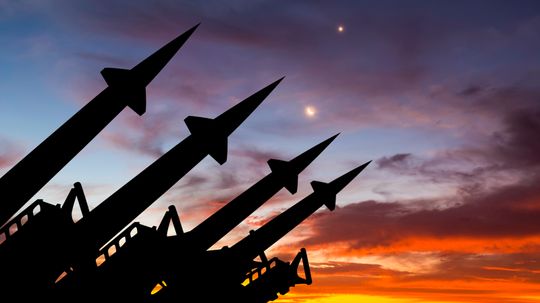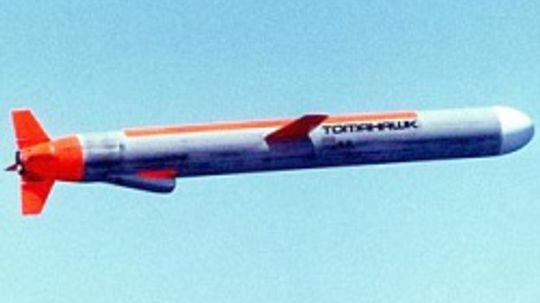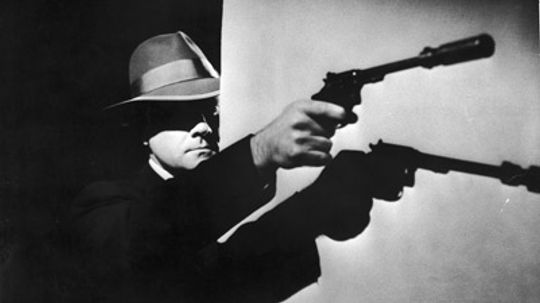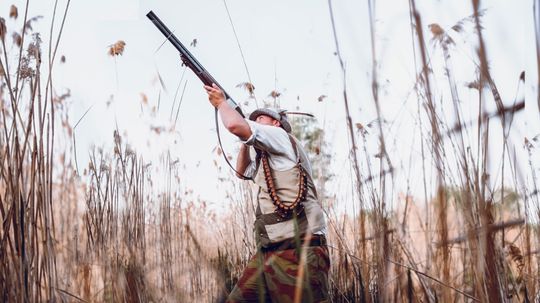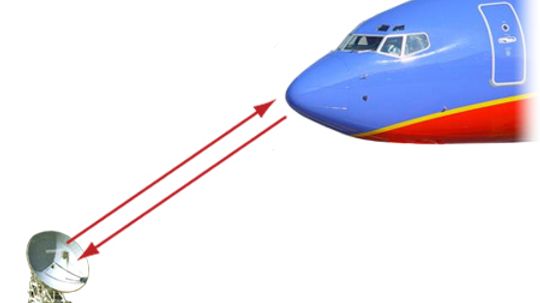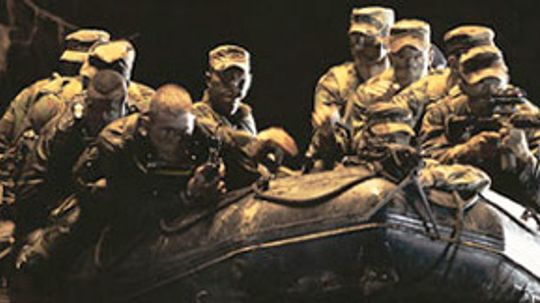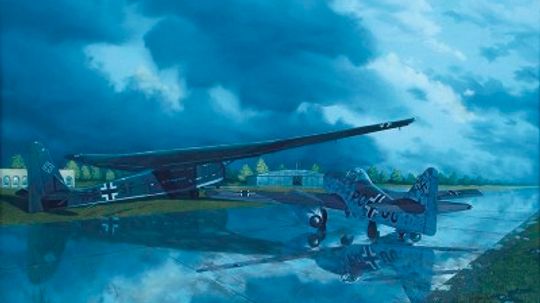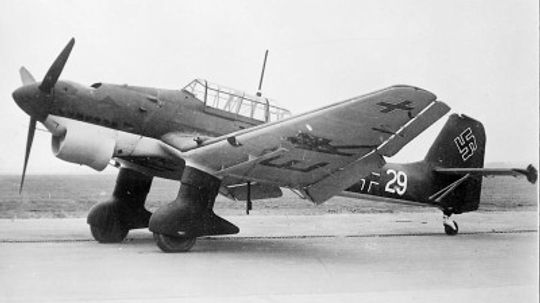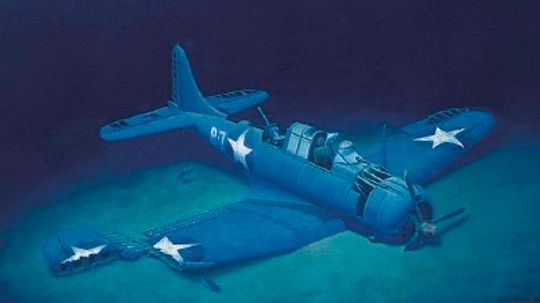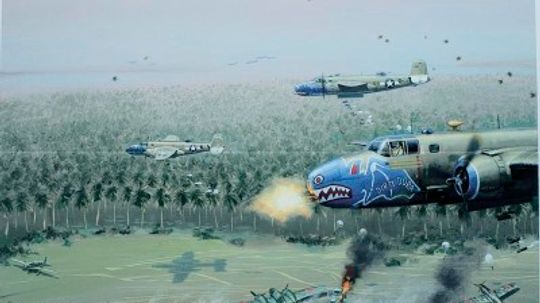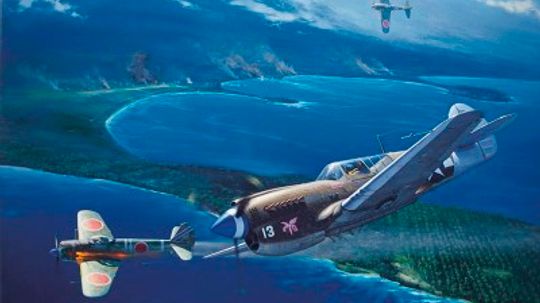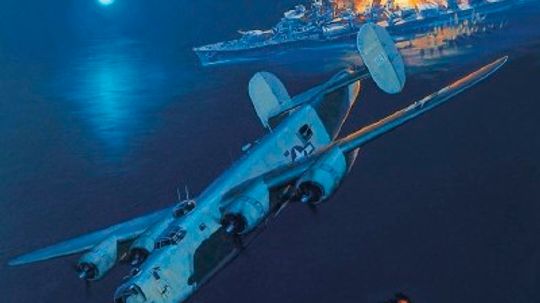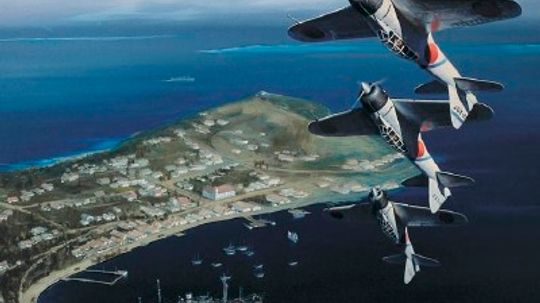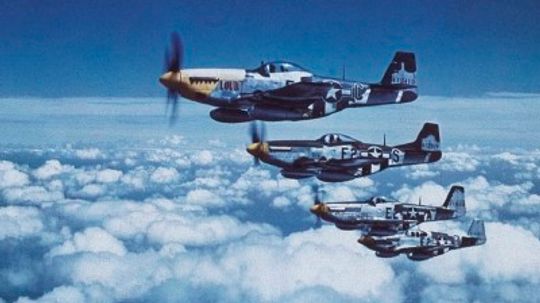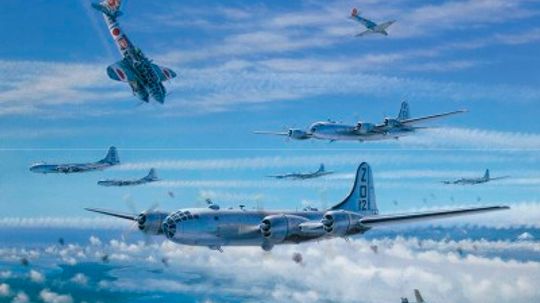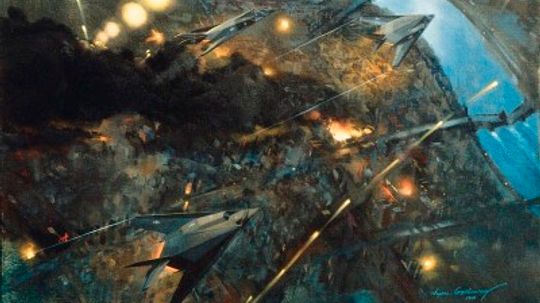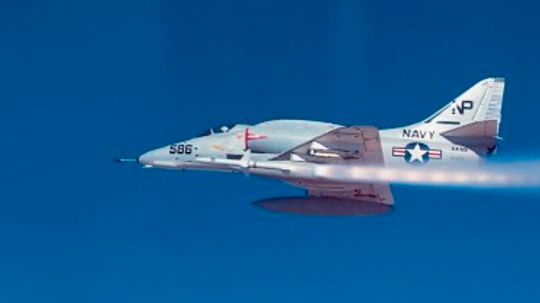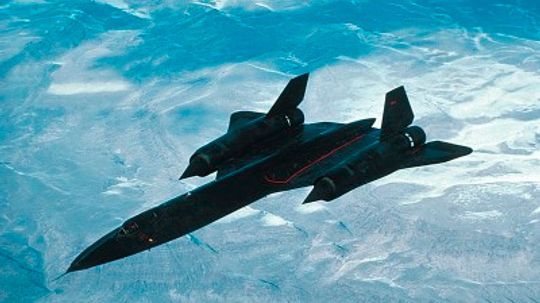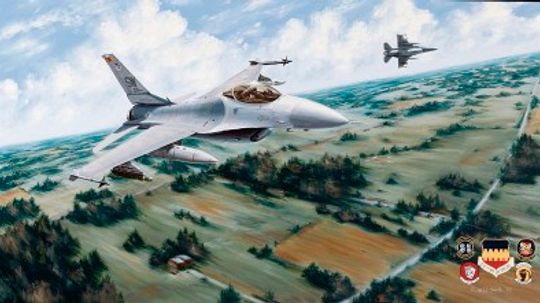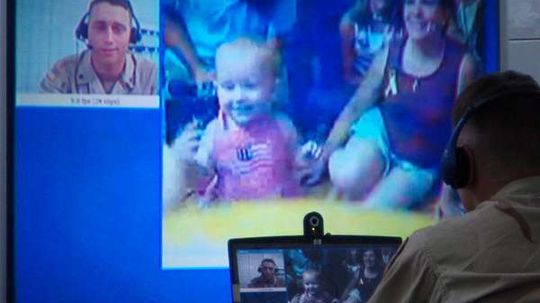Military
Explore the weapons and combat systems used by the armed services. A broad range of topics in the Military Channel includes tanks, aircraft, biological warfare and stealth technologies.

Watch Your Six: Military Jet Pictures
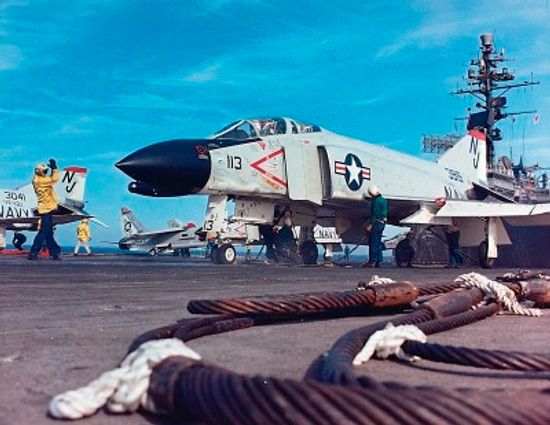
McDonnell Douglas F-4 Phantom II
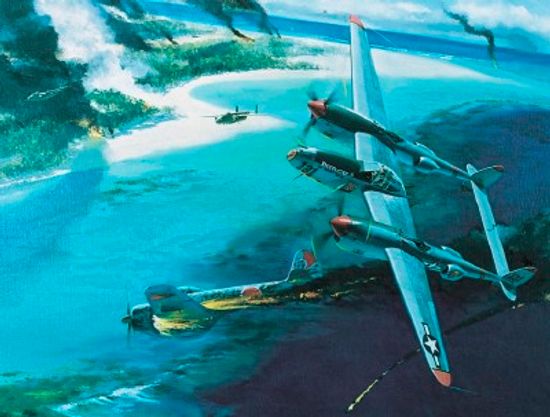
Lockheed P-38 Lightning
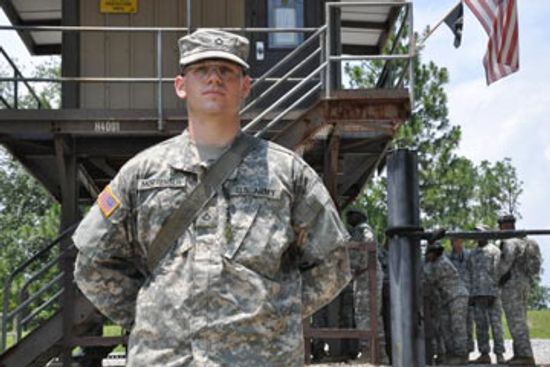
Does Army experience help your civilian career?
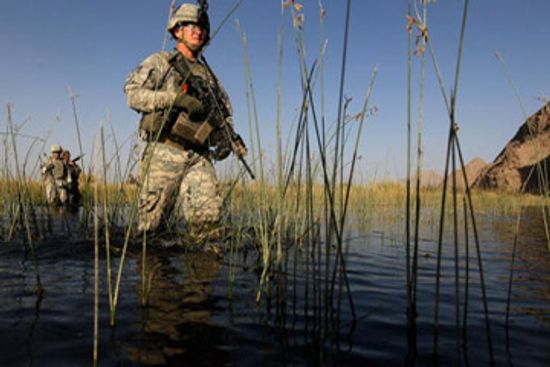
How NCO Professional Development Ribbons Work
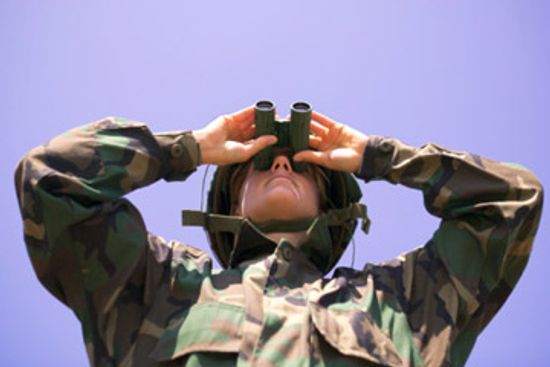
How Army Reconnaissance Jobs Work

How Agent Orange Worked
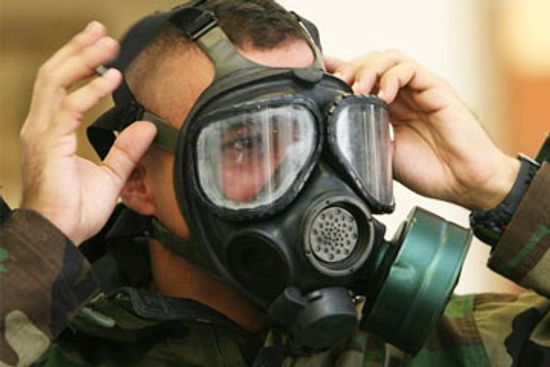
How Biological and Chemical Warfare Works
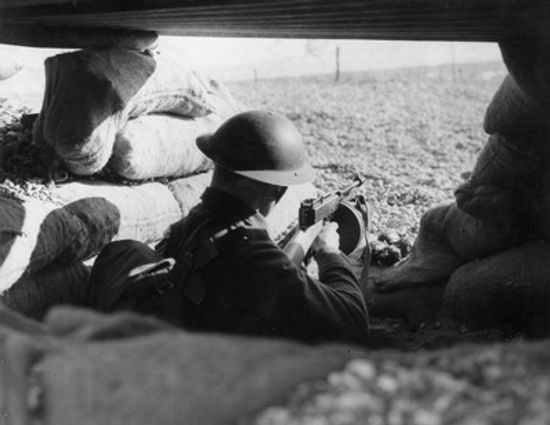
How Mustard Gas Works
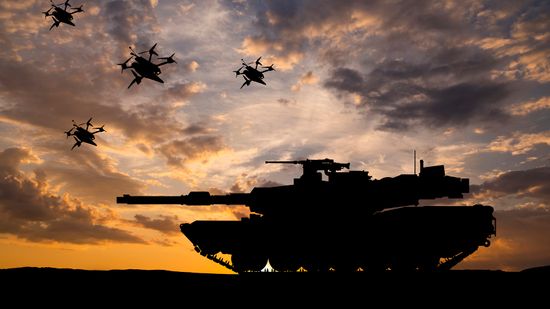
What Is the Strongest Military in the World?
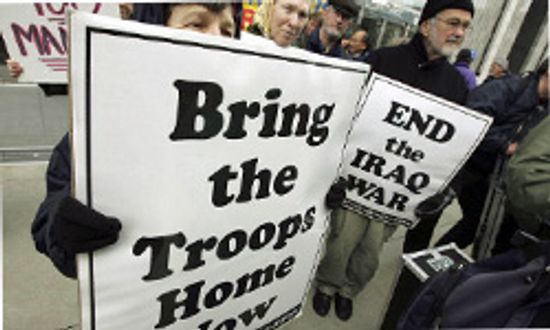
5 Countries That Ditched Their Military Forces
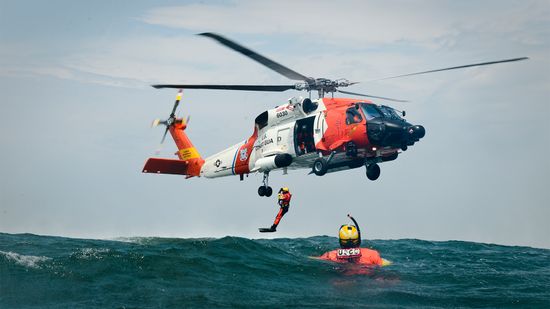
Coast Guard Rescue Swimmers Risk All to Save Lives
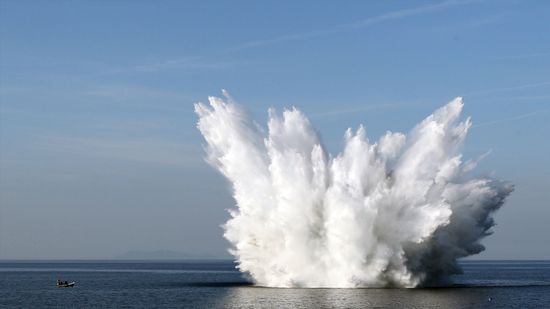
Anatomy of an Underwater Explosion

Can You Really Outrun an Explosion?
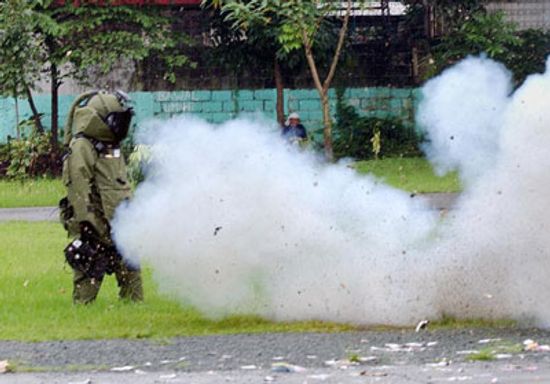
How Blast-resistant Clothing Works

HowStuffWorks Illustrated: Two Legal Gun Modifications
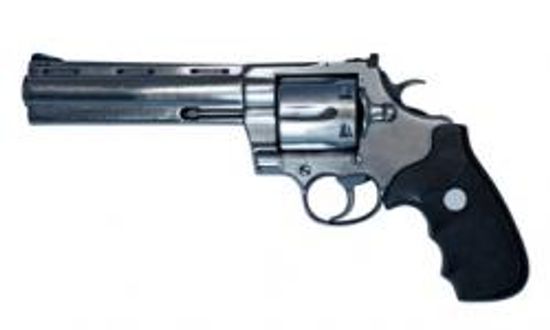
Gun Pictures
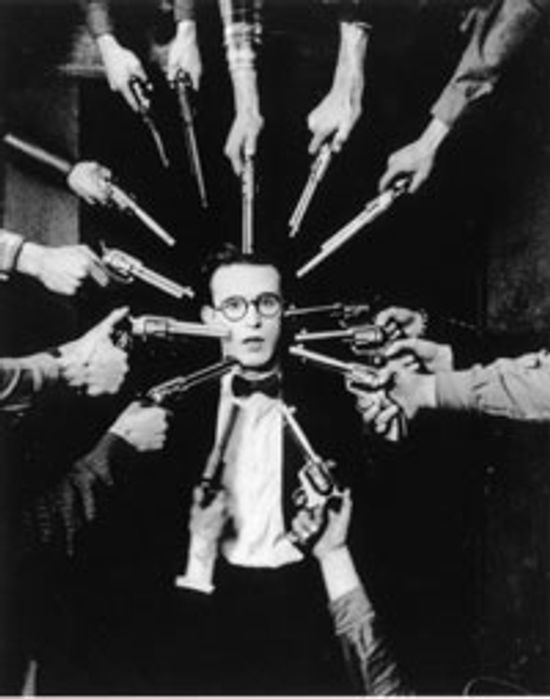
What's the world's smallest gun?

Are robots replacing human soldiers?
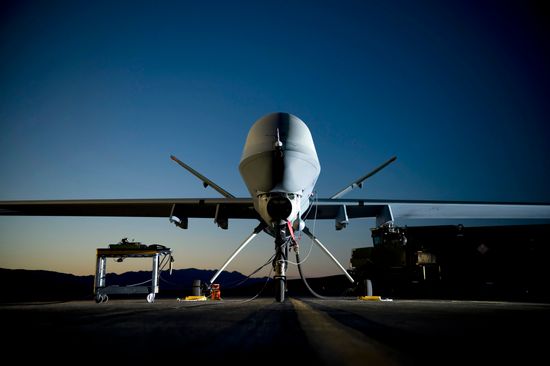
Can drones replace fighter jets?
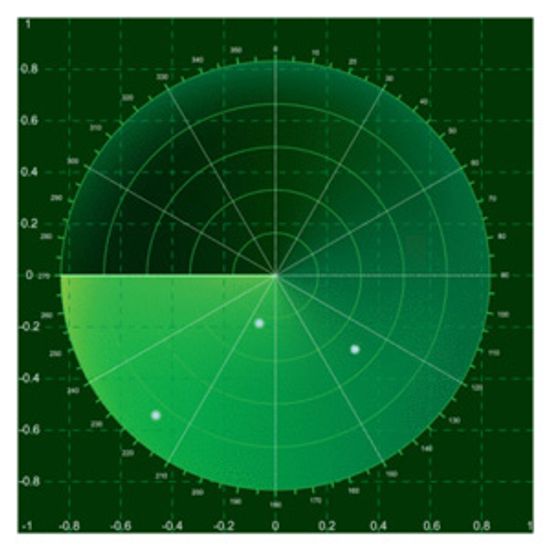
Do wars drive technological advancement?
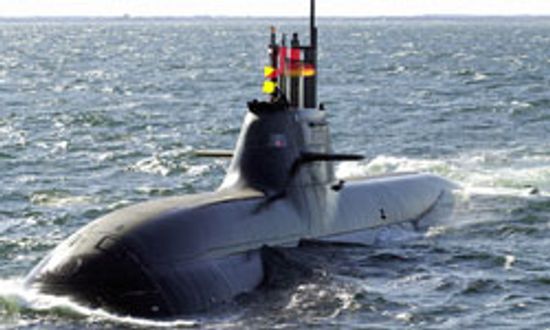
Submarine Pictures
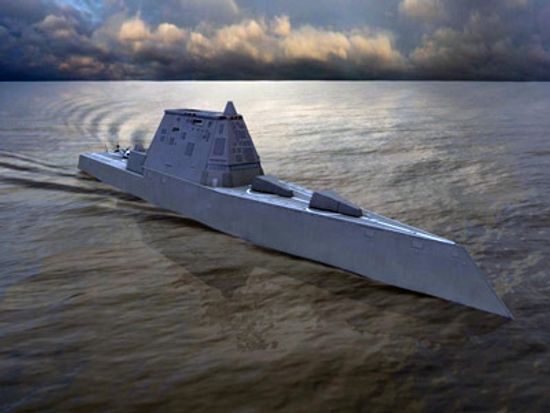
How the Zumwalt Class Destroyer Works

How Aircraft Carriers Work
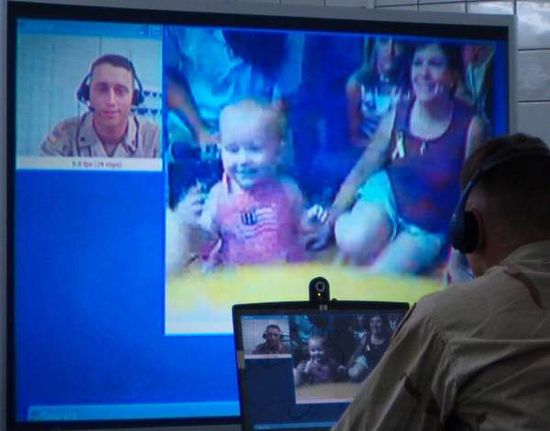
How Military Video Conferencing Works
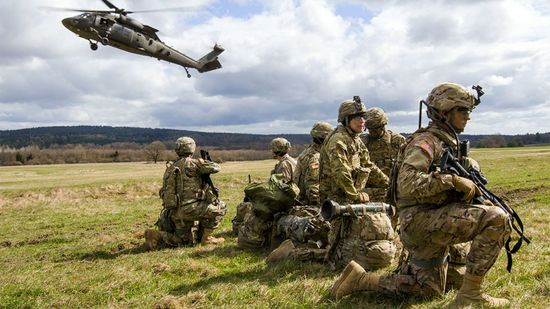
Why a Draft Would Weaken the U.S. Military

What Was the First War?
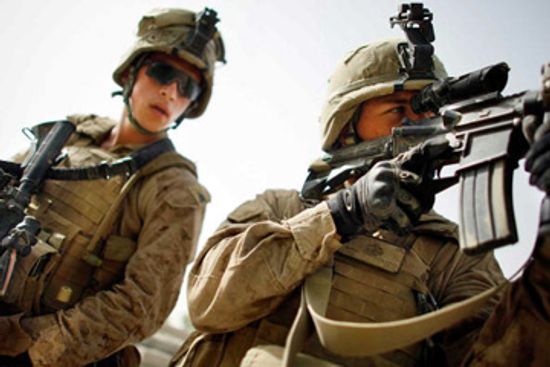
Top 5 Gadgets on the High-tech Soldier
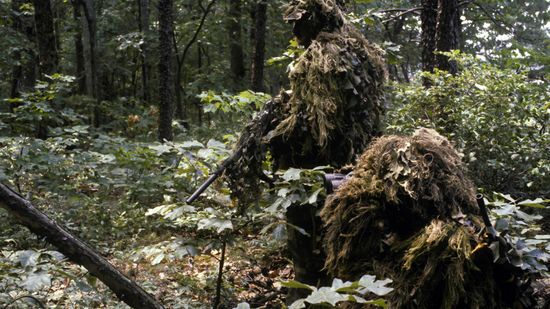
Ghillie: Fishing Aid and Inspiration for Camo Suits

10 Insane Disguises That Actually Worked

How Code Breakers Work
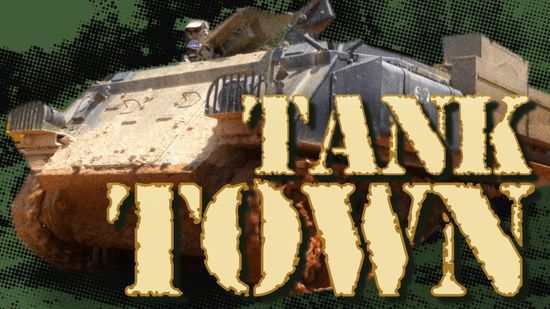
YOU Can Drive a Tank!
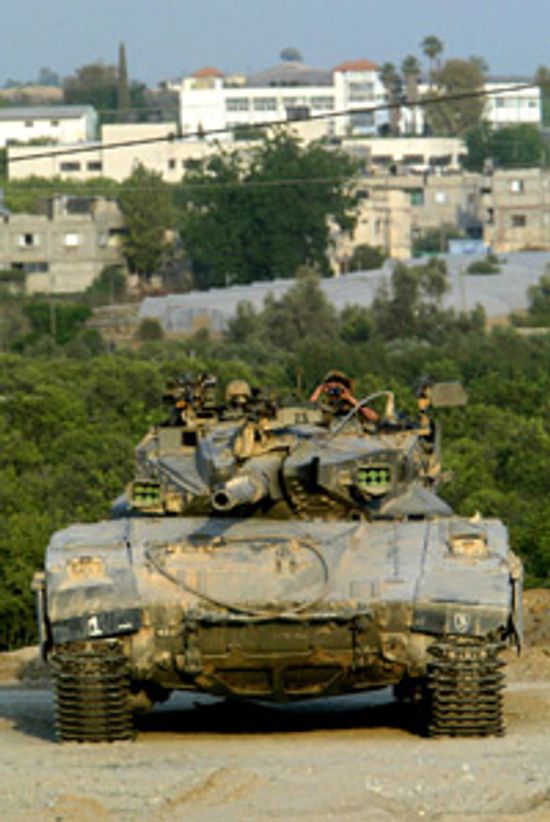
Is the army testing an invisible tank?
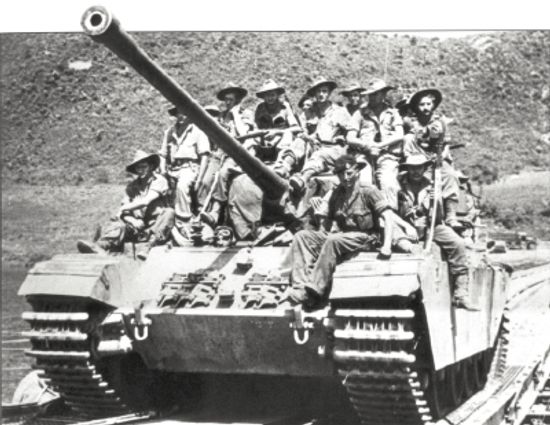
Centurion Main Battle Tank
Learn More / Page 4
Bullet-resistant glass seems flimsy once you compare it with transparent aluminum armor. Will this new heavy-duty material soon be shielding soldiers and police officers?
By Tom Scheve
Laser weapons have been depicted in science fiction for years, but they do exist in real life. How is the military looking to use laser technology?
In what may prove to be the first nuclear explosion since 1998, North Korea claims it has conducted an underground test of a nuclear weapon.
By Julia Layton
Advertisement
A fascinating article that describes how cruise missiles work and explores some of their advanced technology!
Flintlock guns were extremely important weapons in the American Revolution; they also formed the foundation of all modern guns. Learn about the gun that started it all.
How in the world can a gun silencer work? How can you possibly take an explosive noise that can damage your hearing and turn it into a little "ffft" sound?
If you've ever watched a gun fired into the air at a celebration, you've probably wondered where that bullet ends up. We've got the answer.
Advertisement
It is pretty common to hear someone on the news say, "The crowd was dispersed with tear gas." What is tear gas? What does it do?
When an airplane is described as a "stealth" aircraft, what does that mean? What is "stealth technology" and how does it work?
The U.S. Army Rangers are an oddity of the U.S. military special operations forces. Though they can trace their lineage as far back as colonial times, they didn't become a permanent presence in the military until the 1970s.
By Josh Clark
The great legacy of the Messerschmitt Me 262 is that it inspired other air forces to adopt the jet fighter as standard, and moved engineers to utilize its layout for fighters and airliners. Learn more about this top World War II fighter plane.
Advertisement
The name for the Junkers Ju 87 Stuka derived from Sturzkampfflugzeug, the generic German word for dive-bomber. So famous was the Junkers Ju 87 that the term Stuka came to be identified with it in Western eyes. Read the specs and uses for the Stuka.
The Douglas SBD Dauntless was a carrier-based dive bomber, a compact scrapper with a gift for sinking Japanese carriers and other large ships. Learn the specifications and how the Dauntless proved to be the supreme dive-bomber of the Pacific War.
The North American B-25 Mitchell was efficient, easy to manufacture and repair, and able to do any job assigned to it. No other twin-engine bomber of World War II saw greater production. Learn the specifications and uses for this handsome bomber.
The Curtiss P-40 Warhawk is one of the best-liked airplanes of World War II, tough and virtually trouble-free, though its performance was never quite up to that of its opponents. Read about this most important American fighter plane of 1942-1943.
Advertisement
The Consolidated B-24 Liberator was the most prolific American plane of World War II. But the B-24 was not as attractive as the B-17 bomber, nor did it win the same popular regard from the public. Read the story and specifications of the B-24 bomber.
The successes of the Mitsubishi A6M Zero during the first six months of World War II stunned Western observers. Its dominance was frightening, but soon surpassed. Learn about the rise and fall of the A6M Zero, and its unique design specifications.
The North American P-51 Mustang spelled doom for the Luftwaffe. It was not only able to escort bombers on long-range missions and engage in dogfights, it could also drop and destroy the German Air Force on the ground. Read more on this pivotal plane.
The Boeing B-29 Superfortress was the biggest, most expensive gamble by the United States during World War II, built with incredibly high expectations on a tight deadline. Read about the big advances in aviation technology brought about by the B-29.
Advertisement
The F-117A is purely an attack aircraft, and lacks the arms and maneuverability for dogfights. The nature of its mission and the characteristics of the aircraft demand extremely skilled, well-trained pilots. Learn about the Nighthawk Stealth fighter.
The tiny but potent Douglas A-4 Skyhawk remained in continuous production for 25 years, longer than any other warplane. Learn how this tough and nimble fighter came to be famous more for its peacetime activities than for its military accomplishments.
The Lockheed SR-71 Blackbird first flew in 1964, and since that time it has remained the world's fastest aircraft. Tanks in the inner wings and upper fuselage carry the 80,000 pounds of special, superheated fuel.
The General Dynamics F-16 Fighting Falcon had many advanced features, including a blended wing and fuselage, fly-by-wire controls, splendid visibility, and superb maneuverability. Read specifications and history of the popular F-16 Fighting Falcon.
Advertisement
Code breakers use logic and intuition to uncover secret information. From ciphers in ancient Greece to modern computer encryption schemes, codes are becoming more complex and harder to solve. Who are the people breaking codes and how do they do it?
With video conferencing technology, soldiers can maintain contact with their families back home. Learn how the military uses video conferencing.
By Joe Wallace
